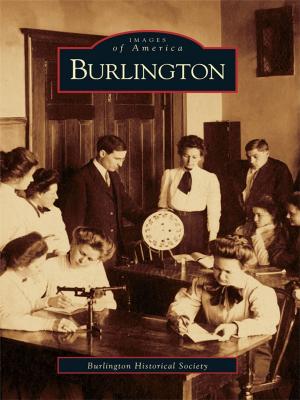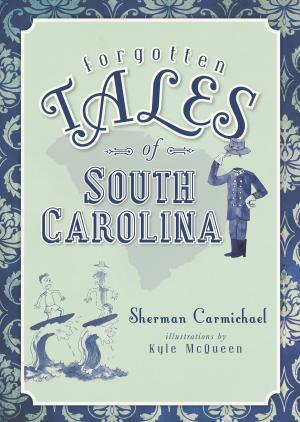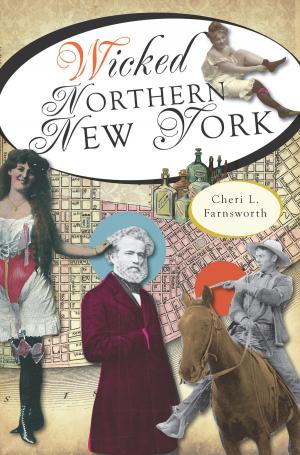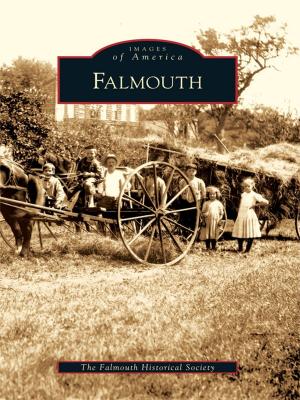The Chinese Community of Stockton
Nonfiction, Art & Architecture, Photography, Pictorials, History, Social & Cultural Studies, Social Science, Cultural Studies, Ethnic Studies, Fiction & Literature, Literary Theory & Criticism| Author: | Sylvia Sun Minnick | ISBN: | 9781439613672 |
| Publisher: | Arcadia Publishing Inc. | Publication: | March 19, 2002 |
| Imprint: | Arcadia Publishing | Language: | English |
| Author: | Sylvia Sun Minnick |
| ISBN: | 9781439613672 |
| Publisher: | Arcadia Publishing Inc. |
| Publication: | March 19, 2002 |
| Imprint: | Arcadia Publishing |
| Language: | English |
Despite legislation such as the Foreign Miners' taxes and the California Alien Land Act, and most recently the construction of the Crosstown Freeway combined with the redevelopment project that disseminated the heart of Chinatown, the Chinese of this area were major contributors to California and Stockton's economy. They have maintained a balance between their heritage of familial and religious obligations and western education and activities. Included are photographs dating from the late 1920s of traditional Chinese associations and more recent community activities. These images showcase once thriving businesses, educational and religious efforts, and familial milestones.
Despite legislation such as the Foreign Miners' taxes and the California Alien Land Act, and most recently the construction of the Crosstown Freeway combined with the redevelopment project that disseminated the heart of Chinatown, the Chinese of this area were major contributors to California and Stockton's economy. They have maintained a balance between their heritage of familial and religious obligations and western education and activities. Included are photographs dating from the late 1920s of traditional Chinese associations and more recent community activities. These images showcase once thriving businesses, educational and religious efforts, and familial milestones.















